Japan’s Pioneering Role in the Rohingya Crisis and Bangladesh’s Reconstruction
Joint Analysis: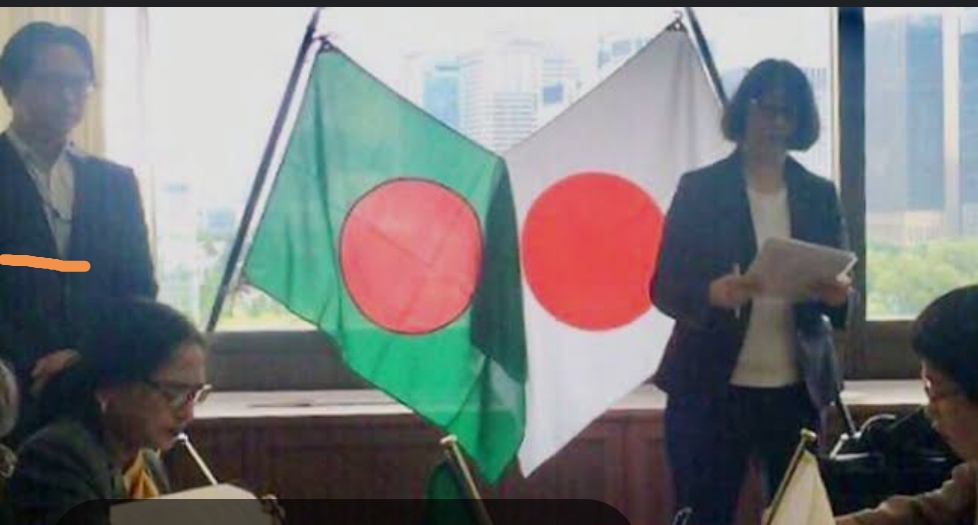 Dr. Emadul Islam, Senior Research Fellow, Ocean Policy Research Institute, Japan, and Prof. Dr. Dipu Siddiqui
Dr. Emadul Islam, Senior Research Fellow, Ocean Policy Research Institute, Japan, and Prof. Dr. Dipu Siddiqui

Prologue: Japan, Bangladesh’s Trusted Ally
Since Bangladesh’s independence in 1971, Japan has been a key development partner. Its contributions to rebuilding the war-torn economy, constructing infrastructure, transferring technology, and enhancing human capital are unparalleled. Over five decades, Japan has provided over $35 billion in grants and loans through JICA (Japan International Cooperation Agency) and JBIC (Japan Bank for International Cooperation), fueling mega-projects like the Dhaka Metro Rail and Padma Bridge. Building on this historic partnership, Japan has stood by Bangladesh both politically and economically in addressing the Rohingya crisis.

The Rohingya Crisis: Japan’s Multidimensional Approach
The 2017 influx of 1.2 million Rohingya refugees into Cox’s Bazar marked the beginning of a complex humanitarian challenge. Japan has strategically addressed this crisis through three pillars: humanitarian aid, diplomatic mediation, and sustainable stability.
1. Humanitarian Aid & Diplomatic Engagement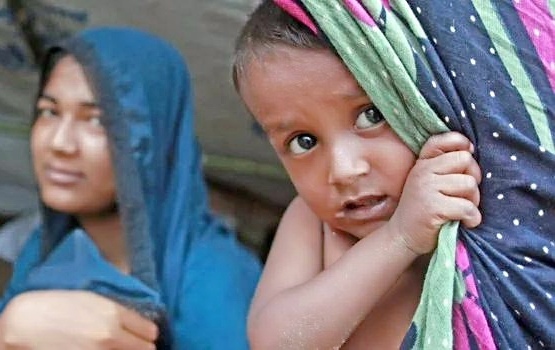
– $210 million allocated (2017–2023), making Japan the largest single donor to Bangladesh’s Rohingya response.
– Played a mediating role in discreet dialogues between Myanmar and ASEAN/UN stakeholders.
– Proposed the “Tokyo Dialogue”, a globally endorsed framework for resolving the crisis.

2. Stability & Sustainability Initiatives
– Skills for Stability : Trained 10,000 Rohingya in tailoring, carpentry, and digital literacy.
– Solar Power Projects : Installed 20 solar-powered water supply systems, meeting daily needs of 30 liters per family. 
– Japan-Bangladesh AI Collaboration : Landslide prediction technology with 85% accuracy (2023).
3. Research-Driven Policy Formulation
– Mental Health Study by Tokyo University: 68% of refugees suffer from depression or PTSD (2023 survey).
– JAXA Satellite Data :  Used to restore 6,000 hectares of deforested land in Cox’s Bazar.
Used to restore 6,000 hectares of deforested land in Cox’s Bazar.
Japan’s Contributions to Bangladesh’s Economy: A Comparative Review
| Sector | Japan’s Contribution (1972–2023) | Rohingya Crisis Aid (2017–2023) |
|————————–|————————————–|————————————–|
| Financial Assistance | $35 billion | $210 million |
| Infrastructure | 120+ projects (Metro Rail, Bridges) | 20+ projects (Solar systems, Camp infrastructure) |
| Technical Training | 500,000+ Bangladeshis | 10,000 Rohingya |
Challenges & Recommendations
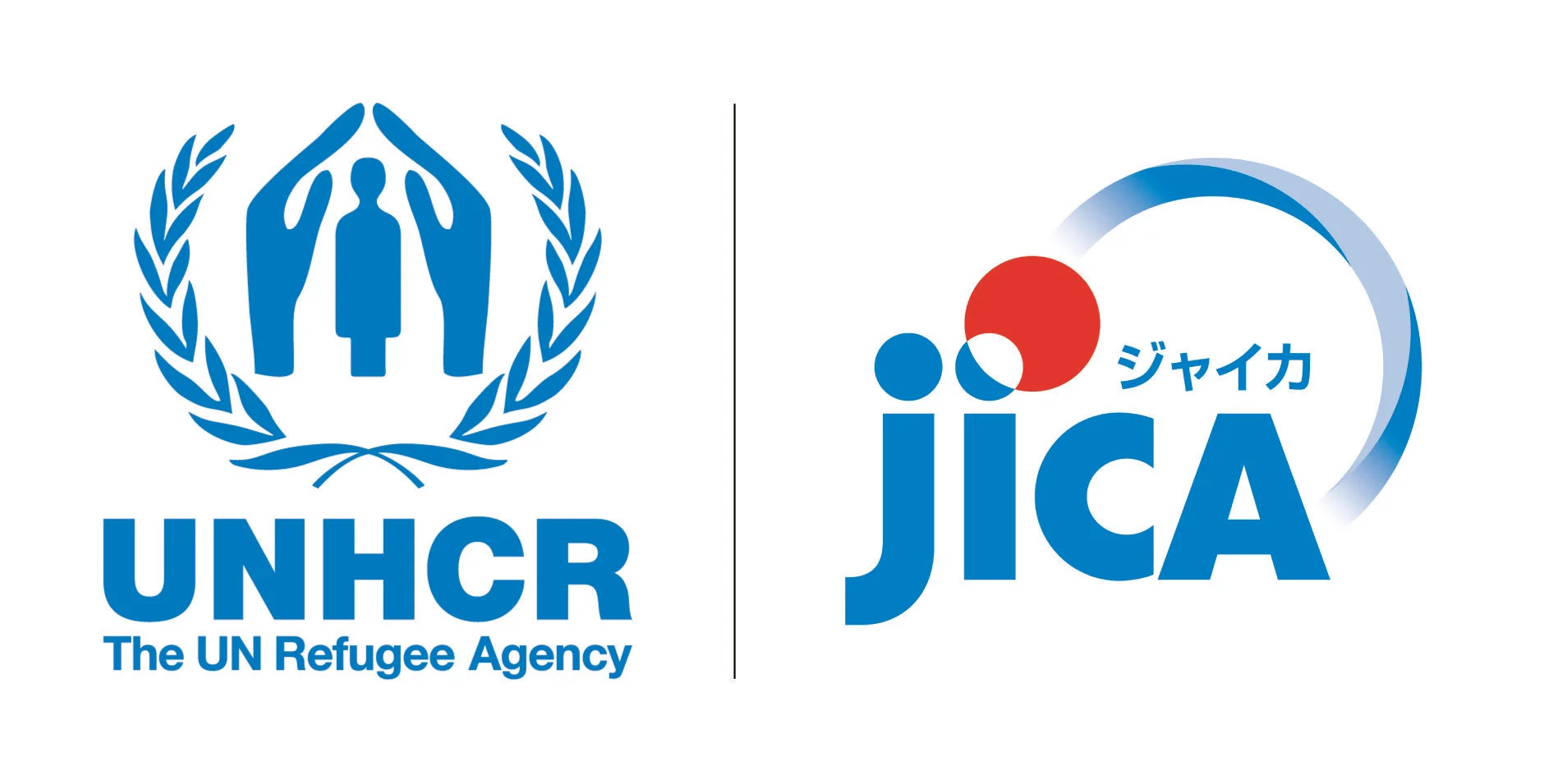
– Immediate: Strengthen cybersecurity in camps and combat human trafficking with INTERPOL support. 
– Mid-Term: Introduce biometric work permits for Rohingya and establish joint economic zones with host communities.
– Long-Term : Accelerate legal action against Myanmar in international courts and implement a Regional Compact for

dignified repatriation. 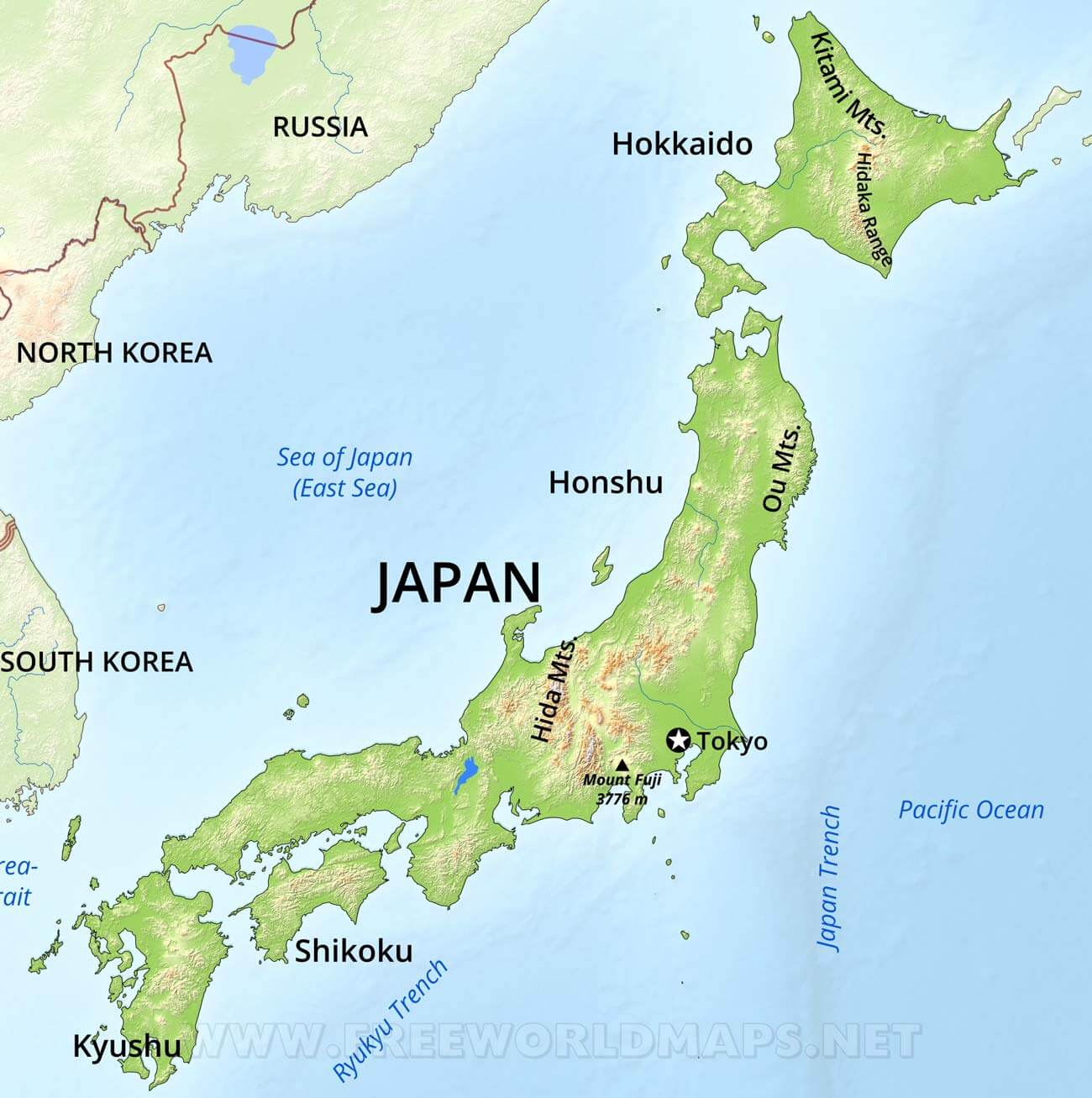
Expert Insight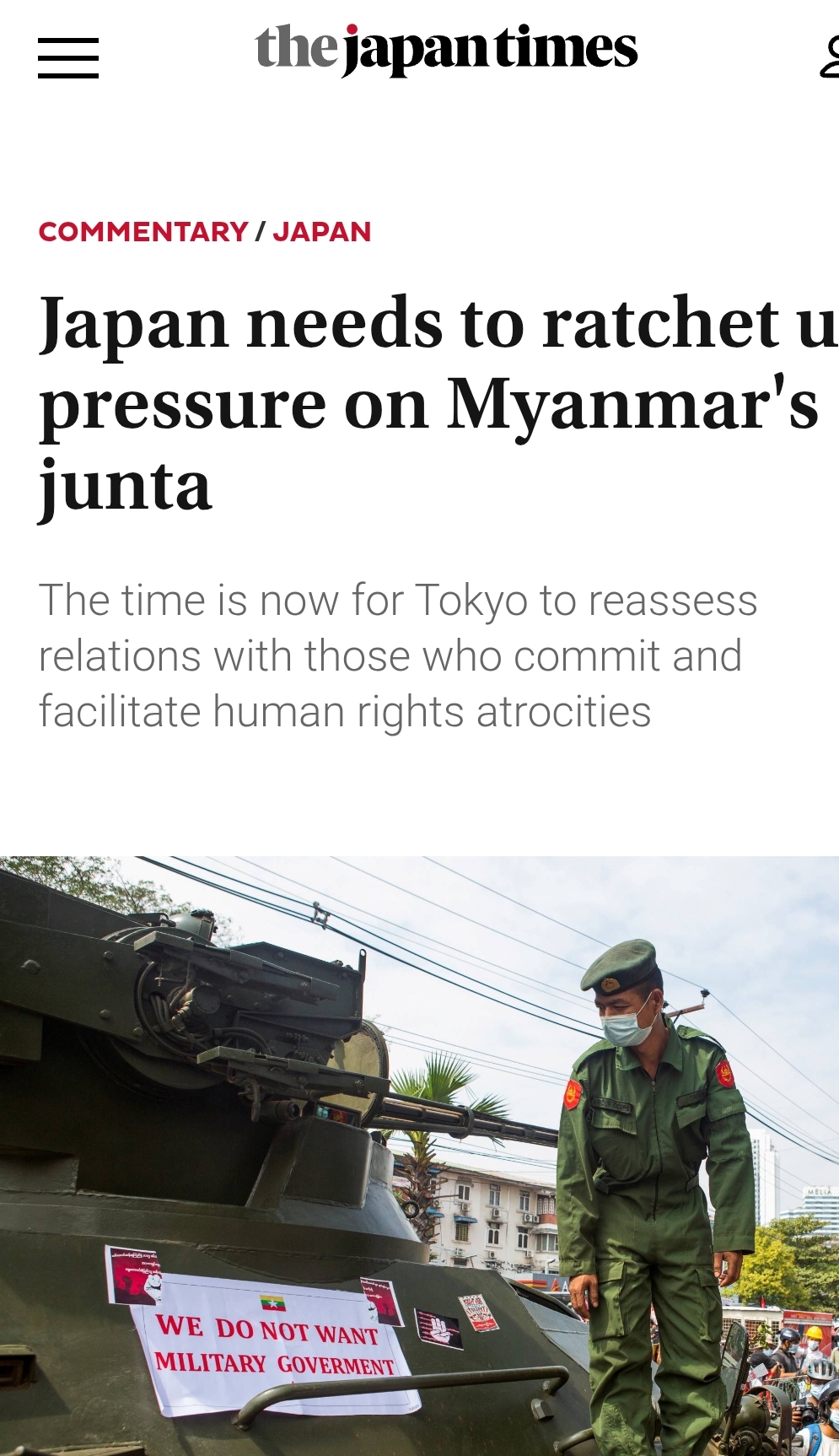
“Japan’s strategic foresight helps Bangladesh balance dual challenges: upholding humanitarian duties while ensuring economic stability. Tokyo’s leadership in pressuring Myanmar remains critical.”
— Dr. Yuki Tanaka, Tokyo University of Foreign Studies.
Conclusion :
The Rohingya crisis transcends humanitarian concerns, threatening regional security and economic stability. Japan, guided by its historical commitment, continues to lead global efforts while supporting Bangladesh. From post-independence reconstruction to today’s crisis, Japan’s partnership has been pivotal in shaping Bangladesh’s sustainable development journey.
References:
1. JICA: Japan’s Development Cooperation in Bangladesh (2023)
2. UNHCR: Rohingya Camp Situation Report (December 2022)
3. Japan Ministry of Foreign Affairs: Policy Framework on the Rohingya Crisis (2023)
4. Bangladesh Economic Relations Division: Japanese Aid Statistics (2023)